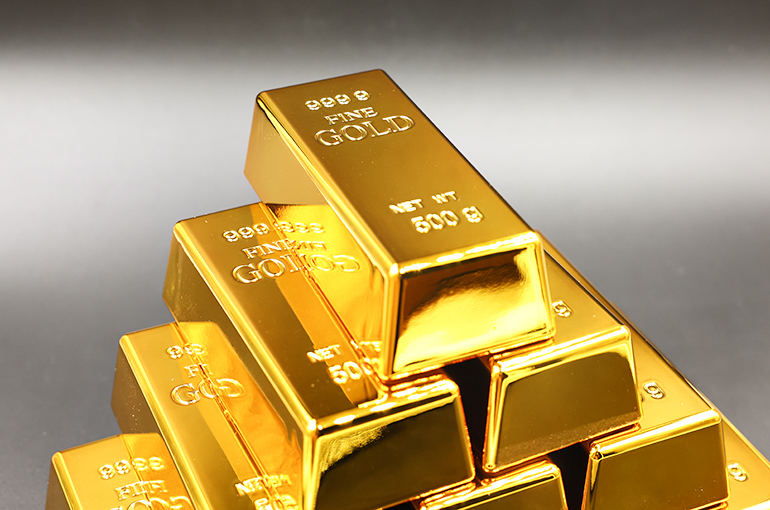 Gold Price Tops Inflation-Adjusted Record High Set in 1980
Gold Price Tops Inflation-Adjusted Record High Set in 1980(Yicai) Sept. 12 -- Gold’s spot price has exceeded the inflation-adjusted record high set in 1980, underscoring the precious metal’s safe-haven status amid global economic uncertainty.
Spot gold hit USD3,674.27 per ounce today, up 5 percent this month and 40 percent year-to-date. It was USD850 on Jan. 21, 1980, equal to about USD3,590, when adjusted for inflation.
US economic growth is cooling, according to official data. Initial jobless claims rose by 27,000 to a three-year high of 263,000 in the week ended Sept. 6, core consumer prices rose 0.3 percent in August from July, nonfarm payrolls increased by only 22,000 last month, and the unemployment rate rose to 4.3 percent. The labor bureau also revised down nonfarm payrolls for the year ended March 31 to minus 911,000.
These figures have stoked stagflation worries and helped push traders to fully factor in a 25-basis-point interest rate cut by the US Federal Reserve next week, according to the Chicago Mercantile Exchange’s FedWatch tool.
Policy and other factors are also supporting gold. US policy has weakened the US dollar and reduced the appeal of US Treasuries, central banks continue to buy bullion, and easier access through exchange-traded funds and other products has broadened investor demand.
Costlier gold reflects not only inflation concerns but also broader global economic and geopolitical uncertainty. Gold was regarded as an effective inflation hedge in the 1970s and 1980s and is seen as such again now, according to Carmen Reinhart, former chief economist at the World Bank.
Gold is not only a hedge against inflation but also a beneficiary of readjustments in global asset allocations, said Greg Sharenow, a fund manager at Pacific Investment Management. Its surging price is the result of a broad investor base and policy uncertainties, he said.
Unlike the short term surge in 1980, the current gold price rally has been much less volatile, partly because of greater market liquidity and products like ETFs have made it easier for more investors to purchase gold, according to analysts.
The total value of gold reserves in London vaults exceeded USD1 trillion for the first time last month, indicating institutional demand.
Where the price goes from here depends on the Fed and global risk events, analysts believe. A rate-cutting cycle often makes gold more attractive, per historical data, and US President Donald Trump’s attacks on the Fed are also seen as a key factor pushing up gold.
The price could climb to nearly USD5,000 per ounce, Goldman Sachs has forecast. The US investment bank is among a number of major financial institutions raising their price targets for the safe-haven metal as it sets new records.
Gold may climb to USD4,000 by the middle of next year in a base case, with a tail-risk scenario of USD4,500, Goldman Sachs has said, adding that it could surge to almost USD5,000 if Trump’s attacks on the Fed undercut the central bank’s independence and investors reallocated just 1 percent of privately held US Treasuries into gold.
While short-term buyers appear to be tiring, the outlook for gold remains constructive, with limited potential for a significant pullback, independent metals trader Tai Wong said.
Editor: Futura Costaglione